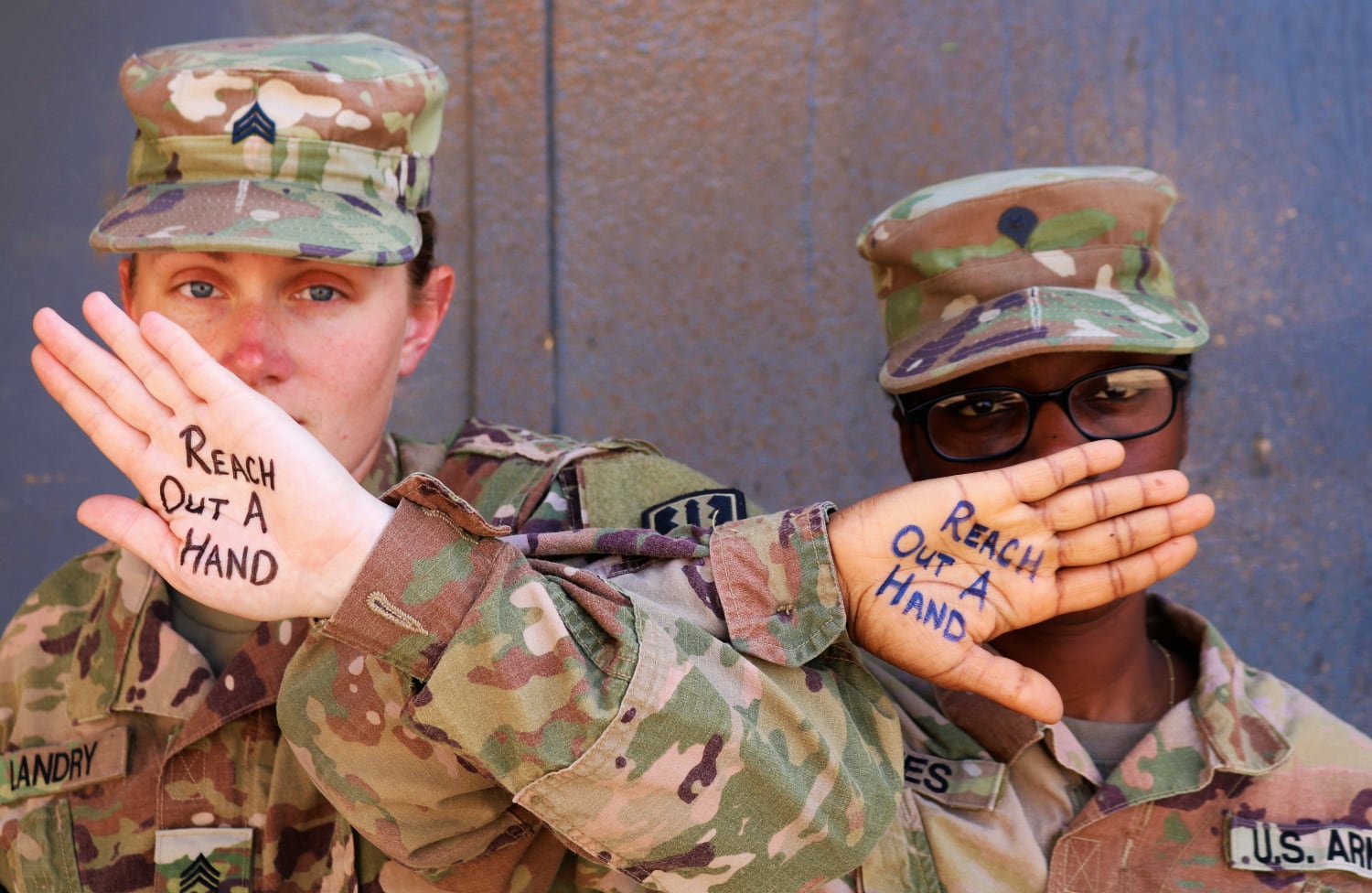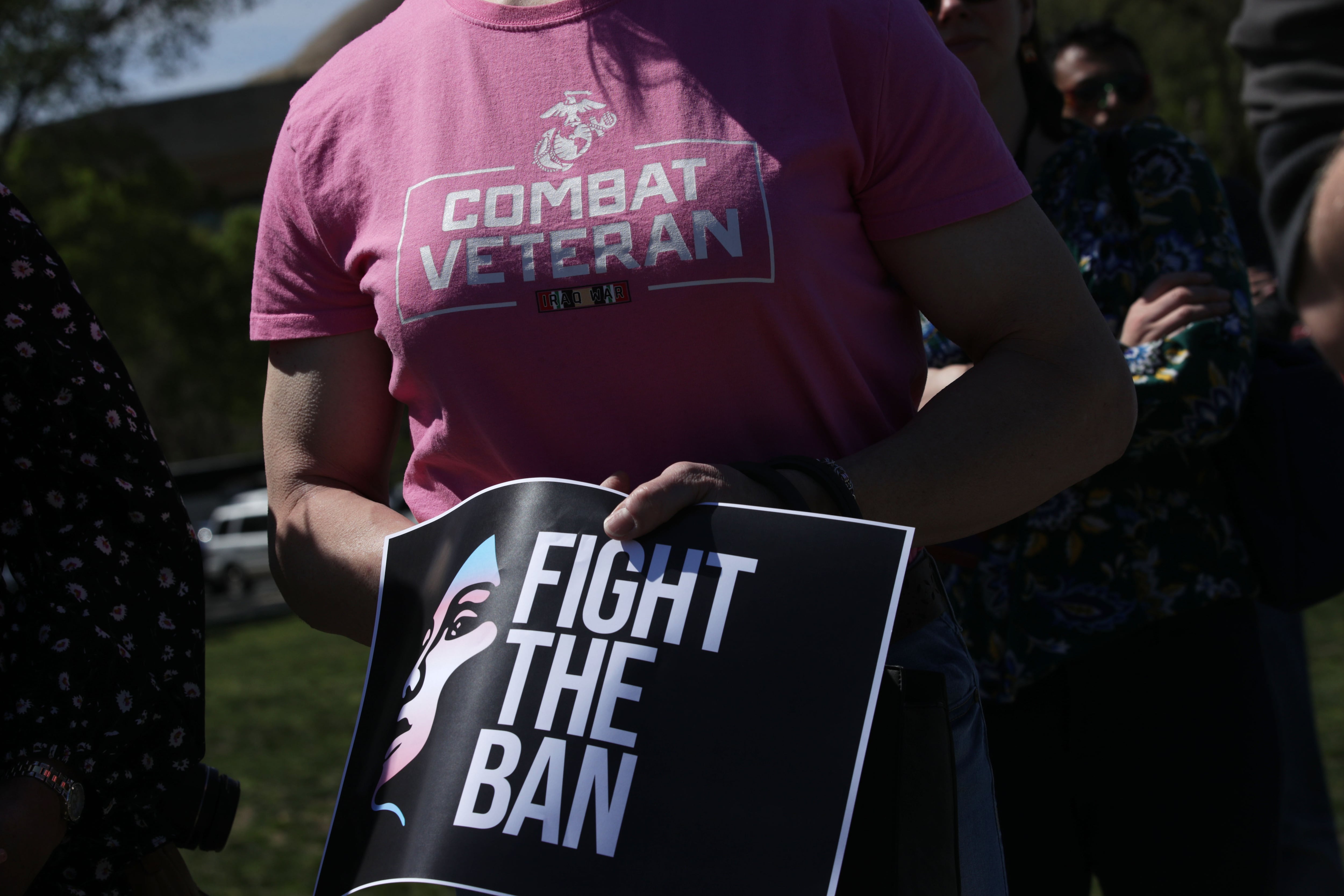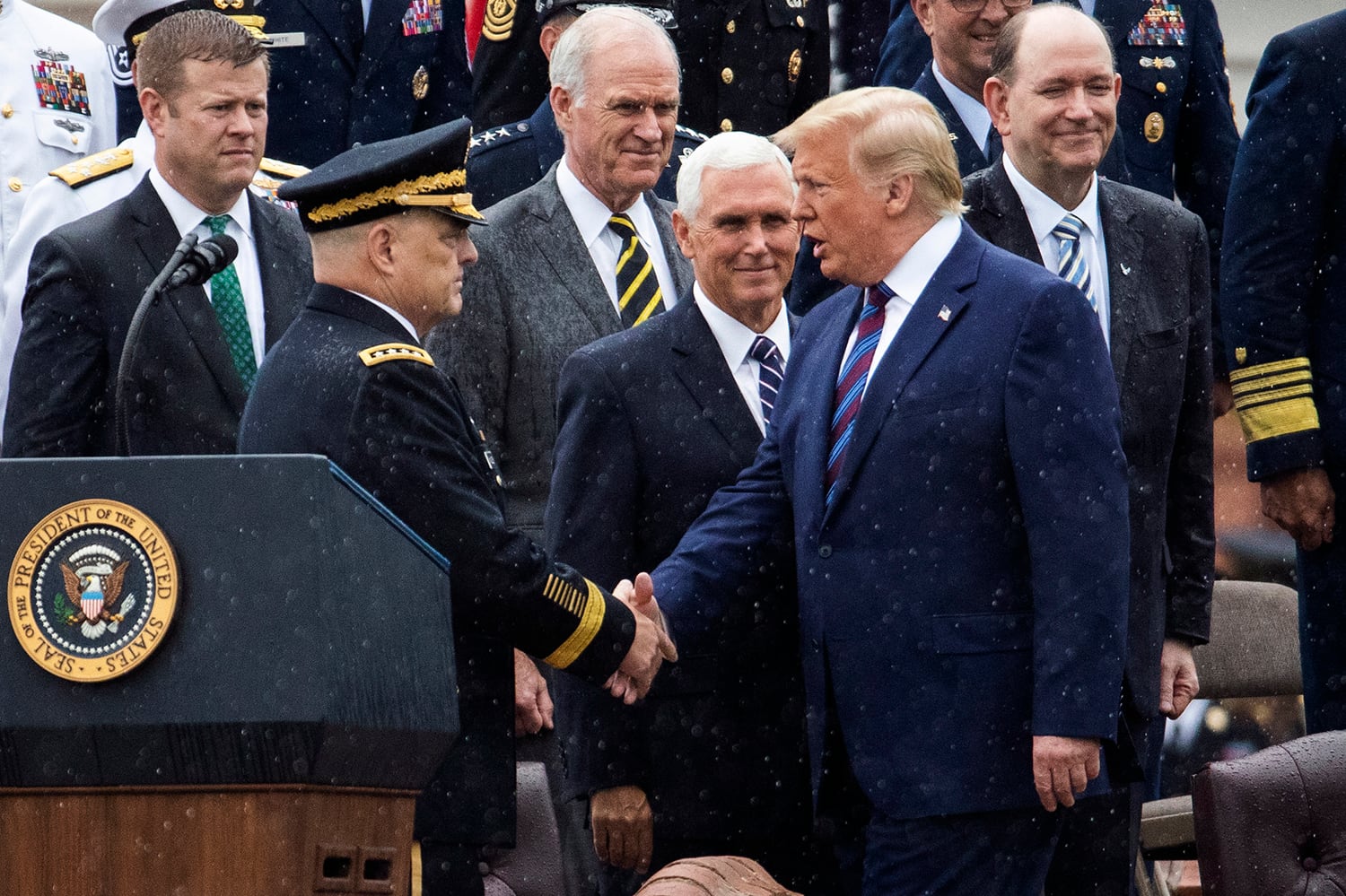White House officials on Tuesday will unveil their new plan to end veteran and military suicide, with an increased focus on firearm safety and expanding mental health options for individuals in distress.
The plan, designed to guide prevention efforts in both the Departments of Defense and Veterans Affairs, will also put an emphasis on a network of other support services — including financial and employment assistance — to provide “stability” to individuals transitioning from military to civilian life.
“Reducing suicide cannot be accomplished singularly through reactive policy change,” the new roadmap document states. “Rather, it requires a long-term strategic vision and commitment designed to create and implement systemic changes in how we support service members, veterans, and their families across the full continuum of risk and wellness.”
The move comes a week before Veterans Day and about 16 months after former President Donald Trump released his administration’s own plan regarding suicides, one that prioritized public awareness of the problem of military and veterans suicide as a way to engage all Americans in prevention efforts.
RELATED

“Awareness efforts must be founded upon valid data, facts, and principles,” the new roadmap states. “Public education and outreach efforts should also include constructive engagement opportunities — suggestions for what people should do with the information or how to help those in crisis.”
About 17 veterans a day died by suicide in America in 2019, the latest statistics available from the Department of Veterans Affairs. Including active-duty military, reservists and other associated groups, that number rises to roughly 20 a day.
The last three presidential administrations have publicly pledged to make military and veteran suicide prevention a top priority, and announced a series of new intervention programs. Despite that — and a significant financial investment from Congress into the problem — the rate has remained largely steady for the last decade.
In a message accompanying the report, Biden will acknowledge the frustration surrounding the lack of progress but insisting “there is hope” in making progress.
“What’s needed now is a comprehensive, cross-sector, national effort — a public health strategy that unites us around a common mission to reduce military and veteran suicide, and lays out the steps to achieve it,” he said.
“It is up to us to do everything in our power to live up to our most sacred obligations. We owe it to the memories of those we’ve lost, and we owe it to the futures of those we might save.”
RELATED

Firearms safety
The most potentially controversial part of the new plan revolves around lethal means safety, and discussions about encouraging individuals in distress to separate themselves from their personal firearms in the name of safety.
About 70 percent of all suicide deaths in 2019 were as a result of firearms. Veterans Affairs officials in recent months have stepped up public awareness campaigns on that potential danger, and the importance of gun safety for veterans and troops as well as their family members and friends.
“Studies have shown that creating environments that reduce risk and enhance protective factors where individuals live, work, and play can help prevent suicide,” the report states. “This includes efforts to reduce access to lethal means, including firearms and medications, particularly in times of crisis, and to increase safe storage practices for lethal means.”
White House officials hope to develop a new interagency plan — with input from Defense, VA, Department of Justice and Department of Homeland Security officials — on “addressing lethal means safety awareness, education, training, and program evaluation.”
The report does not discuss any plans to review firearms possession rules for individuals facing mental health issues, or for mandating safe storage of guns for veterans or service members.
But similar efforts have been met with resistance in the past from conservatives who view any discussion on firearms limits as an infringement of constitutional rights.
White House officials also plan to mandate lethal means safety training for VA medical personnel — including private-sector health care providers treating VA patients — and increase available training for “non-medical counselors, crisis responders, health care professionals, family members and other gatekeepers.”
They also plan increased “toolkits” to help troops and veterans interested in safe storage of firearms, to include developing maps of gun lockers and other storage options in their communities.
RELATED

Emergency assistance
Other priorities outlined in the roadmap include expanded efforts to identify individuals who may be struggling with mental health issues, and expanded access to emergency services for them.
“Less access to emergency suicide prevention, mental health, and medical care is associated with higher population suicide rates as well as mortality rates,” the roadmap states.
That work will include the launch of a new three-digit mental health crisis line next summer. Plans for that began under the last presidential administration, and current White House officials said the new resource will offer “a pivotal access point for the nation to deliver effective and efficient suicide prevention crisis services.”
The roadmap also calls for expanded research and data collection on suicides, a priority also outlined in the Trump administration.
Last year, officials had hoped to close the two-year gap in the release of the latest national suicide data, but were unsuccessful in that effort. The new plan calls for “development of a machine-based learning model to estimate weekly U.S. suicide fatalities,” in an effort to see if policy changes are having immediate impact.
“Suicide surveillance capabilities must be improved in an effort to identify, if not potentially predict, suicide ‘hot spots’ for the purpose of understanding and mitigating risk at the soonest possible point in time,” the document states.
“At the same time, there must be a commitment to develop and test new suicide prevention research or program efforts based upon emerging data on risk and protective factors, and to ensure that all programs have robust program evaluation components to measure the effectiveness right from their outset.”
The White House, along with officials from the Defense Department and VA, are expected to engage outside advocates from the veterans and military community to enact the strategy in coming months.
Veterans experiencing a mental health emergency can contact the Veteran Crisis Line at 1-800-273-8255 and select option 1 for a VA staffer. Veterans, troops or their family members can also text 838255 or visit VeteransCrisisLine.net for assistance.
Leo covers Congress, Veterans Affairs and the White House for Military Times. He has covered Washington, D.C. since 2004, focusing on military personnel and veterans policies. His work has earned numerous honors, including a 2009 Polk award, a 2010 National Headliner Award, the IAVA Leadership in Journalism award and the VFW News Media award.





